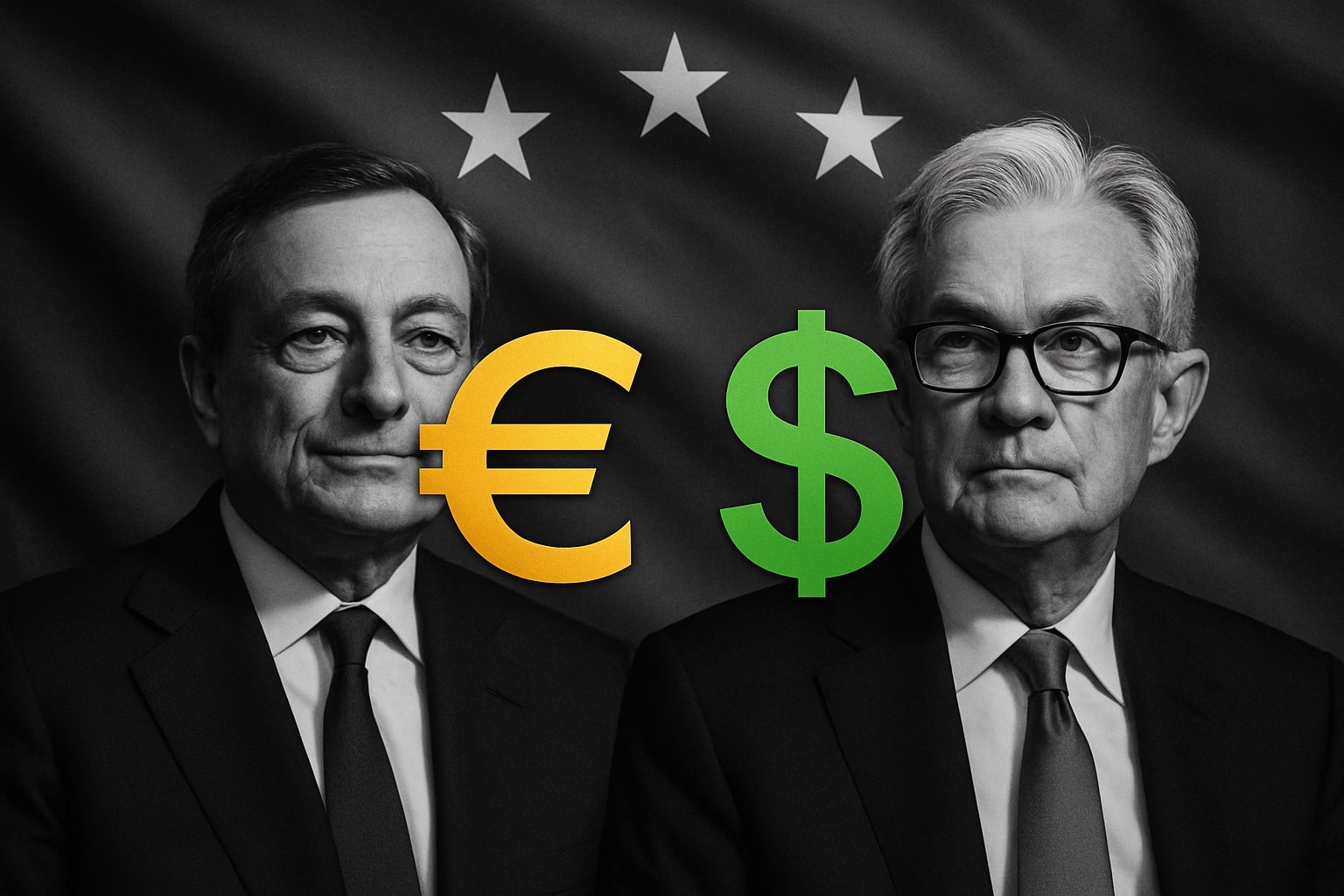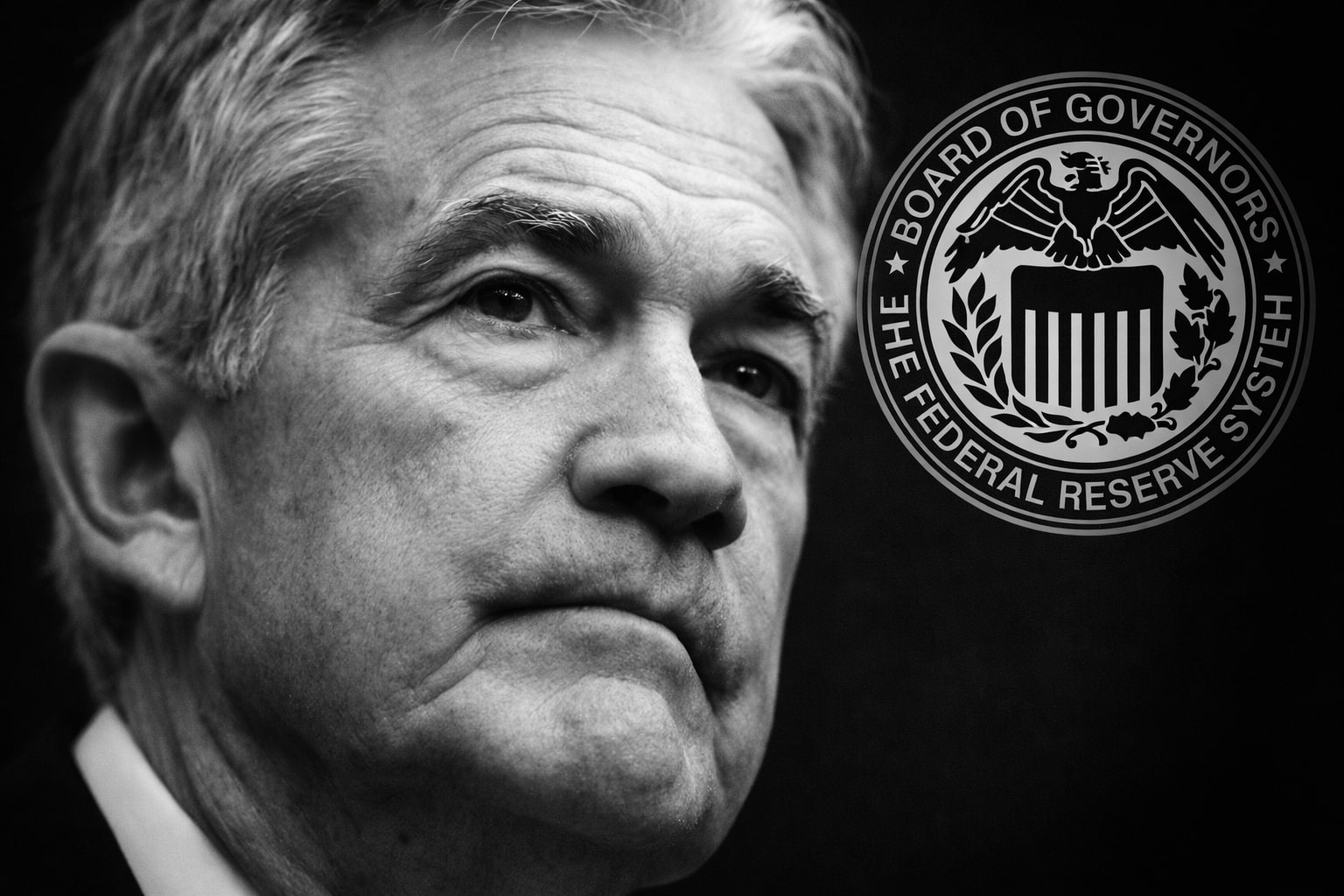
EUR/USD Price Slips Toward 1.1600 as Dollar Gains Ahead of CPI and Eurozone Woes Deepen
The euro weakens against the dollar as French fiscal concerns, soft Eurozone data, and looming U.S. inflation risks keep EUR/USD under pressure near key support | That's TradingNEWS
EUR/USD Under Pressure as U.S. Dollar Firms and Eurozone Outlook Weakens
The EUR/USD pair extended its slide toward the 1.1600 handle, pressured by a stronger dollar and a wave of cautious positioning ahead of crucial U.S. inflation data later this week. The euro’s early gains faded as investors reacted to soft Eurozone fundamentals, lingering political uncertainty in France following its A+ credit rating downgrade, and fresh signs of resilience in the U.S. economy. The pair currently trades near 1.1628, down 0.24%, after failing to sustain bids above 1.1670, a zone capped by the 200-period exponential moving average on intraday charts.
Fed Policy Expectations Anchor the Dollar Ahead of CPI Data
Investors continue to price in a 25-basis-point Federal Reserve rate cut at the upcoming October 29 meeting, with nearly 95% probability of an additional move in December. However, the key inflation data due October 24 could redefine expectations. Consensus calls for headline U.S. CPI to rise to 3.1% year-over-year, up from 2.9%, while core CPI is projected at 3.1%. A hotter print would force traders to pare back easing bets, lifting the dollar and pressuring EUR/USD further toward the 1.1550–1.1500 region. Fed officials have refrained from public comments during the blackout period, leaving rate expectations fully dependent on economic releases.
Eurozone Fundamentals Struggle to Inspire Confidence
The euro’s weakness reflects persistent softness in Eurozone macro data. Germany’s producer prices (PPI) fell 0.1% in September, underscoring fading industrial momentum, while the Eurozone current account surplus plunged from €29.8 billion to €11.9 billion, signaling slower export performance. ECB President Christine Lagarde is expected to address inflation and growth risks later today, though markets remain skeptical that verbal intervention alone can offset deteriorating fundamentals. Weak credit growth and stagnant manufacturing PMIs have reinforced expectations that the ECB will maintain its current rate stance through year-end, limiting euro upside potential.
French Fiscal Concerns Deepen Euro Vulnerability
The S&P downgrade of France’s sovereign rating from AA- to A+ on Friday reignited worries about fiscal sustainability across the Eurozone. Investors are increasingly questioning whether France’s elevated debt burden—now exceeding 111% of GDP—could strain the region’s overall credibility. ING analysts warned that “given the fragility of the French government, it’s too early to price out the French effect from the euro,” adding that political divisions may hinder fiscal reform. This credit stress has contributed to wider spreads between French and German bonds, putting renewed downward pressure on EUR/USD during European trading hours.
Trade and Geopolitical Developments Support the Dollar
Optimism surrounding U.S.–China trade talks helped stabilize the dollar, offsetting its prior losses. Both Washington and Beijing have eased rhetoric after weeks of tariff escalation. Treasury Secretary Scott Bessent and Chinese Vice Premier Lifeng held “productive” discussions, while President Donald Trump hinted that the planned 100% tariff deadline could be extended to allow continued negotiation. The potential Trump–Xi meeting in South Korea in early November is now being viewed as a pivotal event for global markets. Improved trade sentiment has strengthened equities, reduced demand for safe havens, and consequently reinforced the greenback’s short-term momentum against the euro.
Technical Analysis: 1.1600 Support Under Threat
The technical picture for EUR/USD remains bearish. The pair is pinned below both the 50-period EMA (1.1650) and the 200-period EMA (1.1662), forming a downward-sloping structure since early October. The immediate support at 1.1599 aligns with the 50% Fibonacci retracement of the recent 1.1480–1.1728 range. A decisive break below this level would expose 1.1545 and potentially 1.1480, where historical demand reemerged last quarter. The Relative Strength Index (RSI) sits near 39, indicating weak momentum and suggesting limited appetite for buying dips. On the upside, resistance remains at 1.1665, with a breakout above 1.1720 required to invalidate the bearish bias.
Read More
-
IVE ETF Near $212: Is This S&P 500 Value Play Still Cheap for 2026?
20.12.2025 · TradingNEWS ArchiveStocks
-
XRP ETFs XRPI at $11.07 and XRPR at $15.76 Power $1.2B Inflows as XRP Fights for $2
20.12.2025 · TradingNEWS ArchiveCrypto
-
Natural Gas Price Forecast: NG=F Tests $3.60 Support as LNG Boom and $5 Henry Hub Calls Build Into 2026
20.12.2025 · TradingNEWS ArchiveCommodities
-
USD/JPY Price Forecast - Pairs Surges After BoJ’s 0.75% Hike as Pair Eyes 161.50 Resistance
20.12.2025 · TradingNEWS ArchiveForex
Short-Term Trading Dynamics and Sentiment
Market sentiment remains defensive as traders await macro catalysts. Volatility has compressed, with EUR/USD one-week implied volatility near 7.2%, its lowest in two months, signaling that large positions are being avoided until after Friday’s CPI release. Option flows show concentrated positioning around 1.1600 strike puts, implying traders expect continued downside pressure. Meanwhile, speculative futures data show net short euro positions at −94,000 contracts, reflecting the most bearish stance since July. Liquidity remains thin during European sessions, amplifying sensitivity to incoming headlines or central bank remarks.
Potential Reversal Scenarios and Catalysts
For the euro to regain momentum, it would require either a dovish shift in U.S. inflation expectations or stronger Eurozone data. A CPI reading below 3.0% could spark a sharp rebound toward 1.1750–1.1800, supported by short covering and renewed rate-cut optimism. Additionally, upbeat Eurozone PMI readings later this week could help stabilize sentiment. However, absent these catalysts, technical momentum and positioning favor continued downside. Analysts note that the 100-period SMA, currently flattening below the 200-SMA, suggests potential medium-term trend reversal, but confirmation requires sustained closes above 1.1728—a scenario currently seen as unlikely given prevailing macro headwinds.
Broader Dollar Context: DXY Anchors at 98.70
The U.S. Dollar Index (DXY) trades near 98.70, holding firm after bouncing from the 98.02 support zone. The dollar’s resilience has been underpinned by solid U.S. retail sales and stronger-than-expected corporate earnings, contrasting with the Eurozone’s fragile outlook. RSI readings around 60 and price stability above the 50- and 200-EMAs suggest the dollar’s rally could persist in the near term, limiting euro recovery potential.
Investment View: EUR/USD Bias Remains Bearish
Given the convergence of weaker European data, firm U.S. growth, and fading optimism over fiscal stability in France, the EUR/USD outlook remains tilted to the downside. The currency pair continues to respect the broader descending trend channel, with lower highs defining market structure since late September. Unless the pair reclaims 1.1720, any bounce is likely to attract sellers.
Verdict: EUR/USD – Sell. Momentum and fundamentals favor further downside toward 1.1550, with any short-term rallies capped near 1.1670. The medium-term bias stays bearish unless inflation data or Fed policy signals deliver a surprise dovish catalyst for the dollar.



















